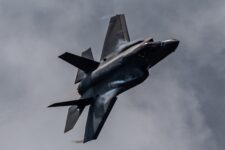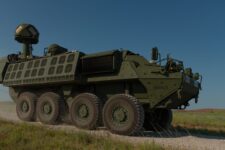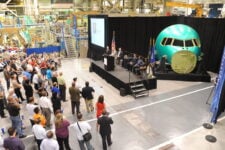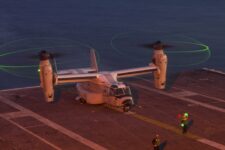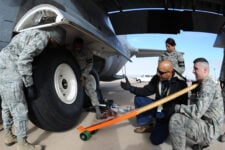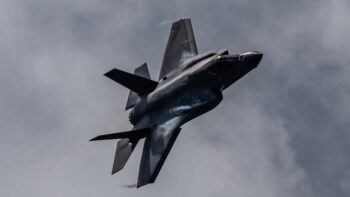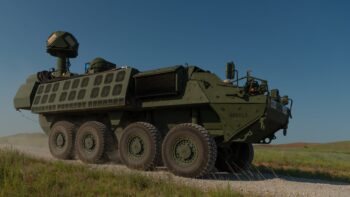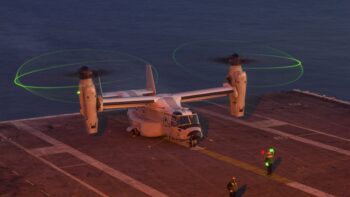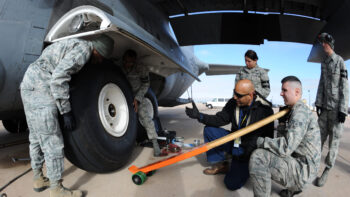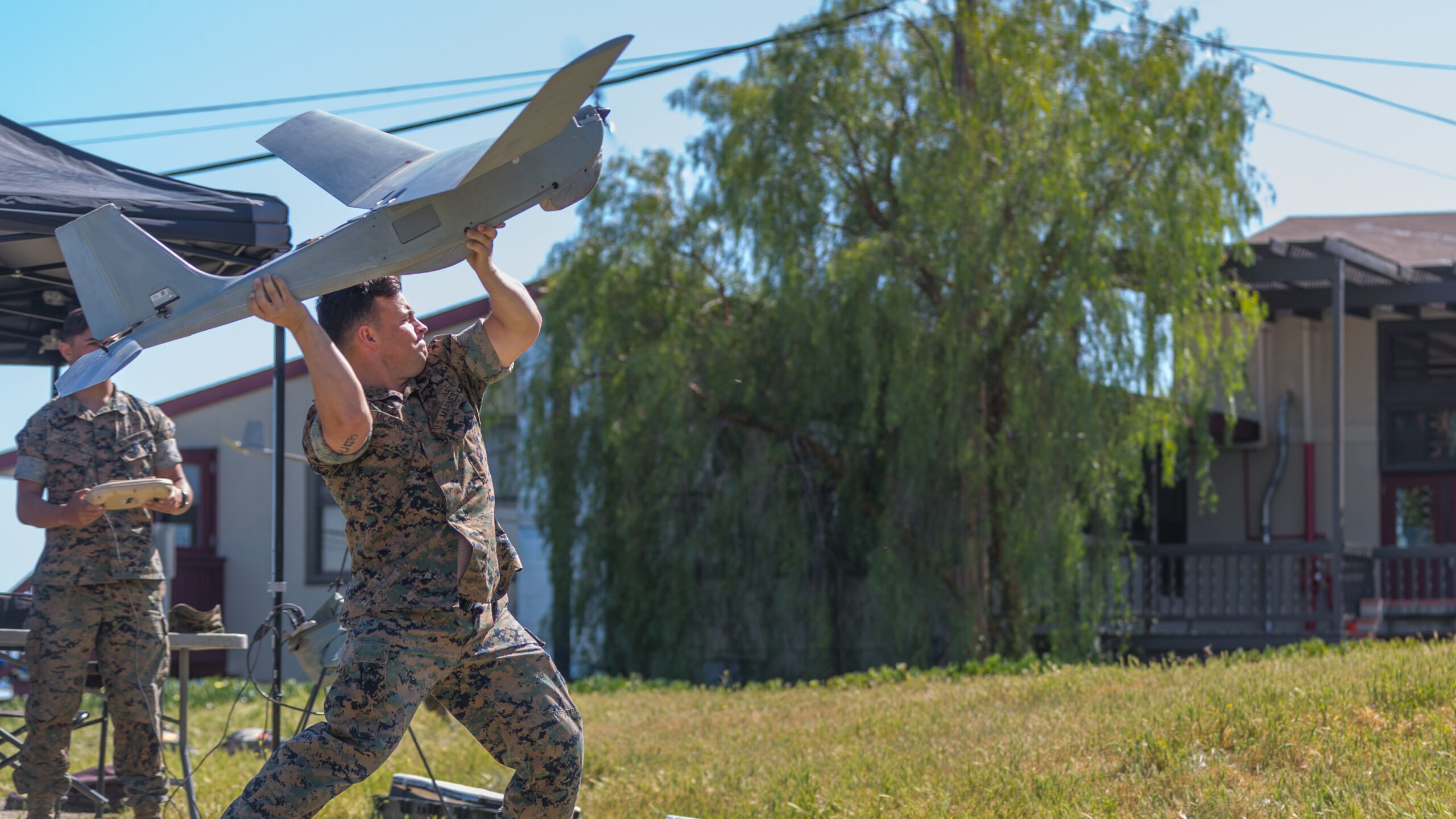
U.S. Marine Sgt. Timothy McGinness launches RQ-20 Puma during a Training and Logistics Support Activity-West (TALSA) class. (U.S. Marine Corps photo by Lance Cpl. Kerstin Roberts)
MODERN DAY MARINE 2024 — The Marine Corps have established a new “Fusion Center” at their base in Quantico, Va., aimed at reviving the technologies developed by the Rapid Capabilities Office that have gone by the wayside, service officials said today.
The new center, stood up in the past several months, will serve as a veritable hub for the different arms of the Marines’ acquisition and requirements directorate to more effectively match the technologies the service develops with the hard and fast requirements written by Marine Corps brass.
The purpose is to get “all of us at Quantico [to be] able to go into the Fusion Center and to be able to talk through what are those issues that exist,” Brig. Gen. Stephen Lightfoot, a senior officer within the Marines’ capabilities development directorate, told an audience here at the Modern Day Marine Exposition.
“We can sit there and go, ‘What does S&T [science and technology] have in the future for us? Okay, how much overlap do we have in some of these capabilities?’ So, with a limited number of resources, it helps us figure which are the ones that we need to go after that are going to fill our [capability] gaps.”
The new Fusion Center, according to Lightfoot and other officials, will be a descendant of the service’s Rapid Capabilities Office, originally established in 2018. The center’s first focus area will be counter-unmanned aerial systems technology.
The Marines, and most of the other services, established RCOs with the hopes that those offices would have the acquisition freedom to quickly develop and field new, useful technologies on a faster timeline than mainstream acquisition offices.
That goal has come to fruition — kind of.
Kevin Murray, the chief technology officer under the Marines’ capabilities development directorate, said that despite developing capabilities quickly, many have withered in what the Pentagon’s acquisition community refers to as the “valley of death.” The “valley of death” refers to an acquisition limbo between development and full-scale production that new technologies often find themselves in: The tech is useful and ready to go, but no one is ready to pony up the money to start buying it en masse.
“We stepped back and we reimagined the RCO,” he said. “Instead of really focusing on building new things and adding to the pile, we recognized. … We need to build an organization in the middle that allowed us to transition capabilities out of this incredible [research and development community] that’s out there with billions of dollars every year and we weren’t leveraging it to the maximum extent we possibly could.”
The center’s focus on counter-UAS technologies comes following the proliferation of drones on the battlefields both in Ukraine and the Middle East. Breaking Defense reported on Monday that the service is actively assessing proposals for industry to help defend its installations around the world and that Parsons and an American subsidiary of Israel’s Rafael have teamed up to propose counter-UAS tech straight from Israel’s famous Iron Dome.
